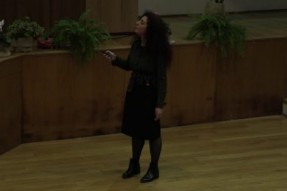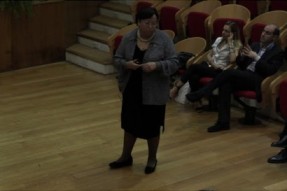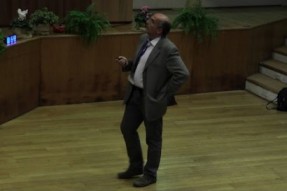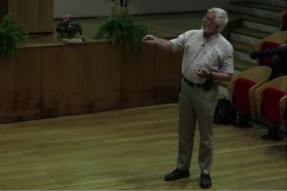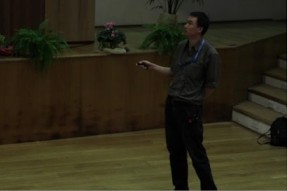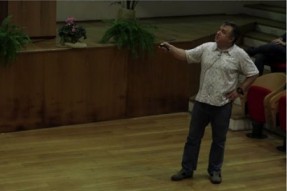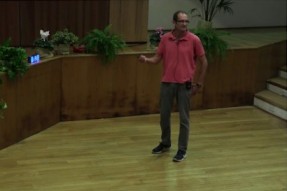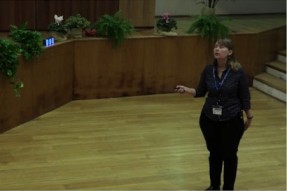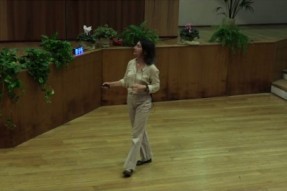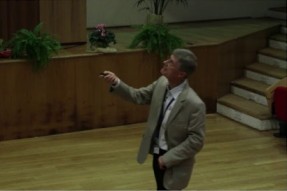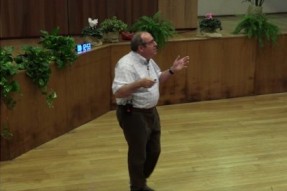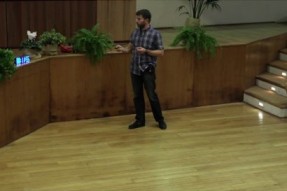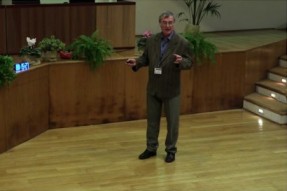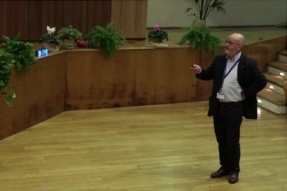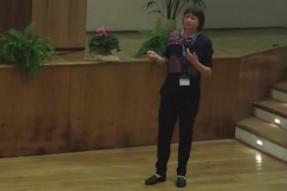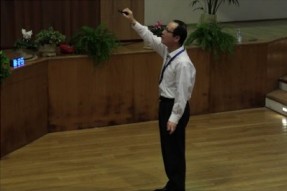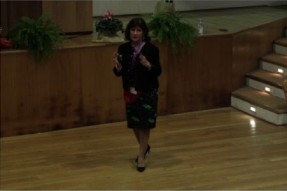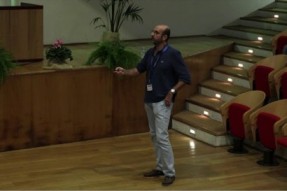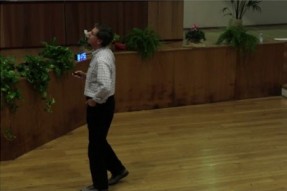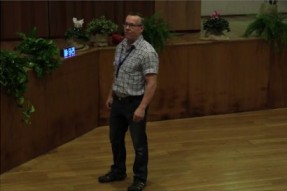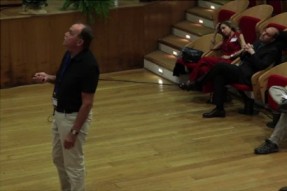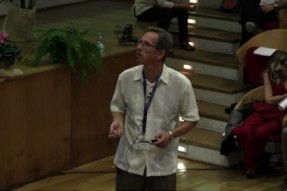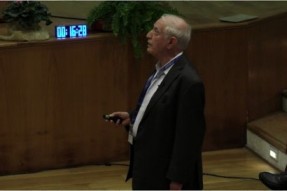Investigation of rare nuclear decays by using scintillation detectors
Fedor Danevich (CSNSM, Université Paris-Sud, France)
Crystal scintillators possess certain advantages for investigations of rare alpha, beta and double beta decays thanks to presence of the element of interest in the crystal scintillator compound, that provides almost 100% detection efficiency to the effect searched for.
High sensitivity double beta experiments with 116Cd and 106Cd were realized (in progress) with enriched cadmium tungstate crystal scintillators, lithium and zinc molybdate crystals enriched in 100Mo were developed for neutrinoless double beta experiments with 100Mo. Precise measurement of the fourth-forbidden nonunique beta decay of 113Cd with cadmium tungstate low temperature detector is in progress to estimate the effective value of the axial vector coupling constant gA, a crucial parameter to calculate nuclear matrix elements for neutrino less double beta decay.
Radioactive contamination of scintillation materials plays a key role in the experiments that require as low as possible (ideally zero) background counting rate in the region of interest. Improvement of radiopurity to the micro-Bq/kg level by the double crystallization is confirmed with tungstate and molybdate crystal scintillators. High radiopurity of crystal scintillators, together with an excellent energy resolution and efficient particle discrimination capability of the low temperature scintillating bolometers make the detectors promising for the next generation neutrinoless double beta experiments aiming at test the inverted neutrino mass scheme and even go toward the normal neutrino mass hierarchy.
"CNNP 2017 - Conference on Neutrino and Nuclear Physics" (Catania, 15-21 October 2017)
Vedi anche
- Bellezze e sporcizia nell'Universo
- Simmetria: la ricerca di ordine in natura
- Structure of proton-rich nuclei via mirror beta decay and charge exchange reactions
- Developments and applications of Micro-Pattern Gaseous Detectors (MPGD): a concise review
- Novel approaches to the nuclear physics of double beta decay
- DAMA/LIBRA results and perspectives
- The SOX experiment at LNGS for the search of sterile neutrinos
- The HALO and HALO-1kT Supernova Detectors
- Low-energy neutrino experiment at Jinping
- Theory of neutrino masses and mixing
